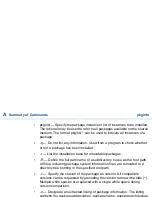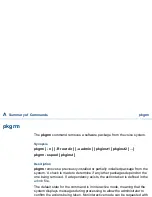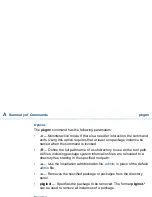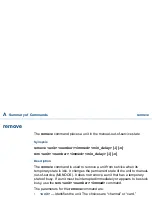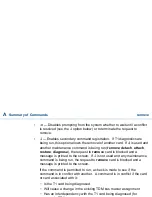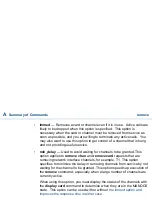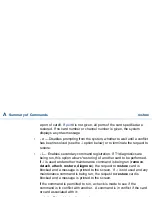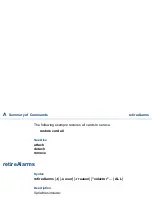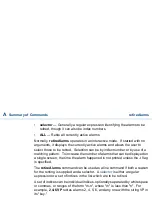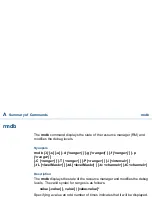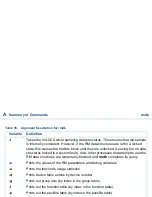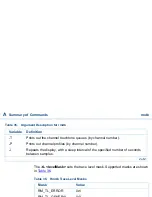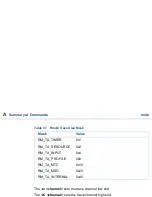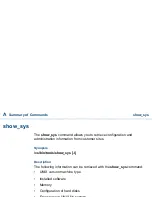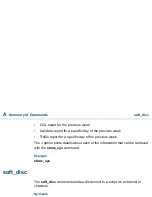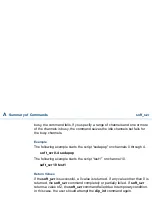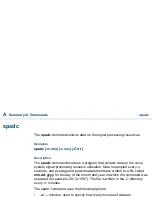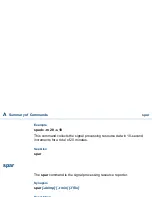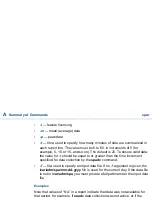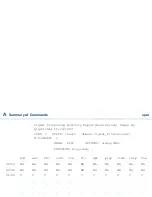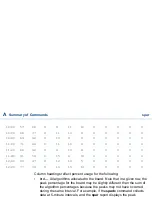
A
Summary of Commands
retireAlarms
UCS 1000 R4.2 Administration 585-313-507
Issue 3 April 2000 563
•
selector — Generally a regular expression identifying the alarms to be
retired, though it can also be index numbers.
•
ALL — Retire all currently active alarms.
Normally, retireAlarms operates in an interactive mode. If started with no
arguments, it displays the currently active alarms and allows the user to
select those to be retired. Selection can be by index number or by use of a
matching pattern. To increase the number of alarms that can be displayed on
a single screen, the time the alarm happened is not printed unless the -t flag
is specified.
The retireAlarms command can be used as a line command if both a reason
for the retiring is supplied and a selector. A
selector
is either a regular
expression or a set of indices in the list which are to be retired.
A set of indices can be individual indices, optionally separated by white space
or commas, or ranges of the form "m-n", where "m" is less than "n". For
example, 2,4-6,VP retires alarms 2, 4, 5, 6, and any one with the string VP in
its "key."
See Also
dspActAlarms
dspRetAlarms



